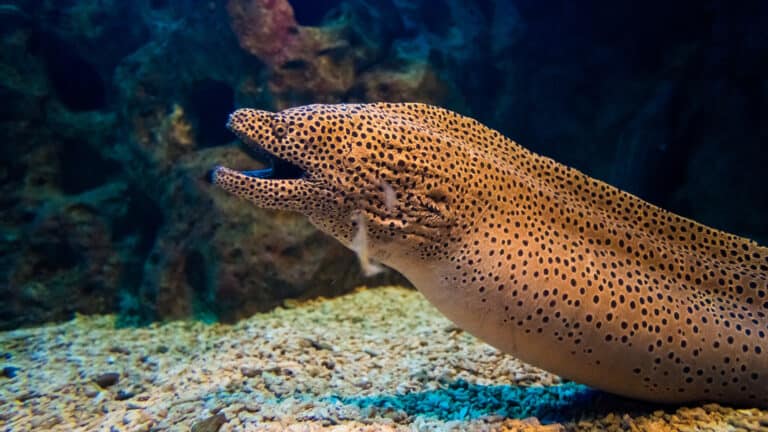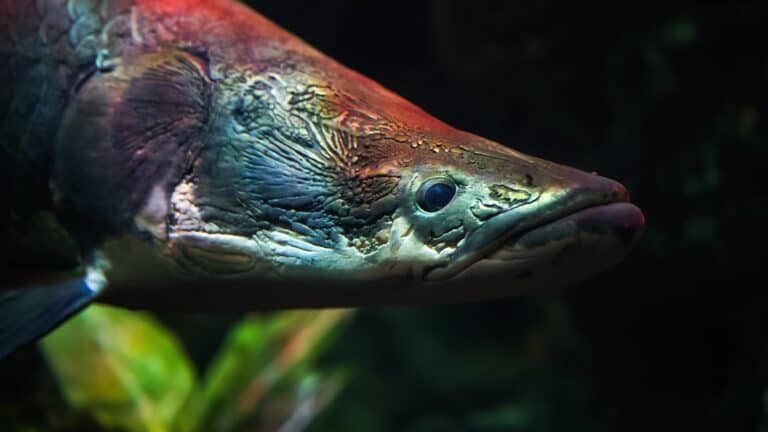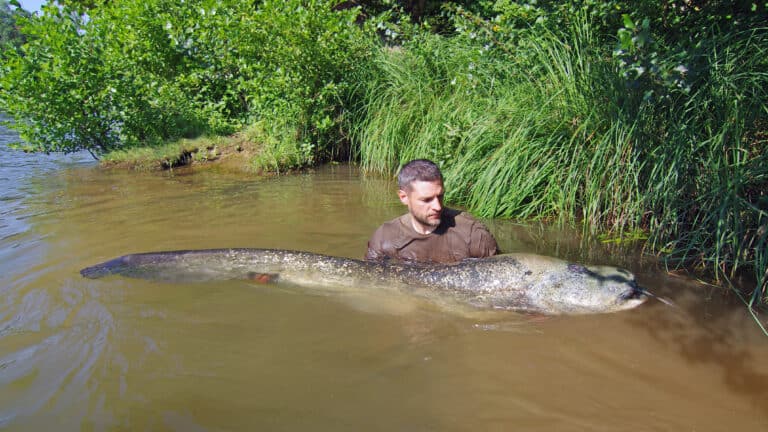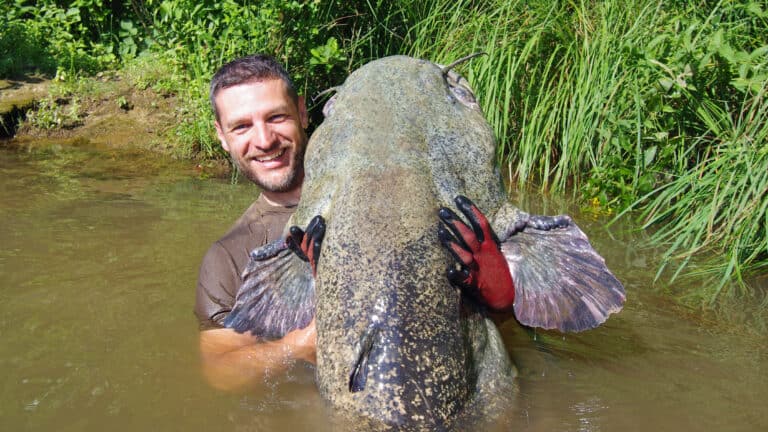Are Snakeheads Dangerous – Truths & Myths Explained
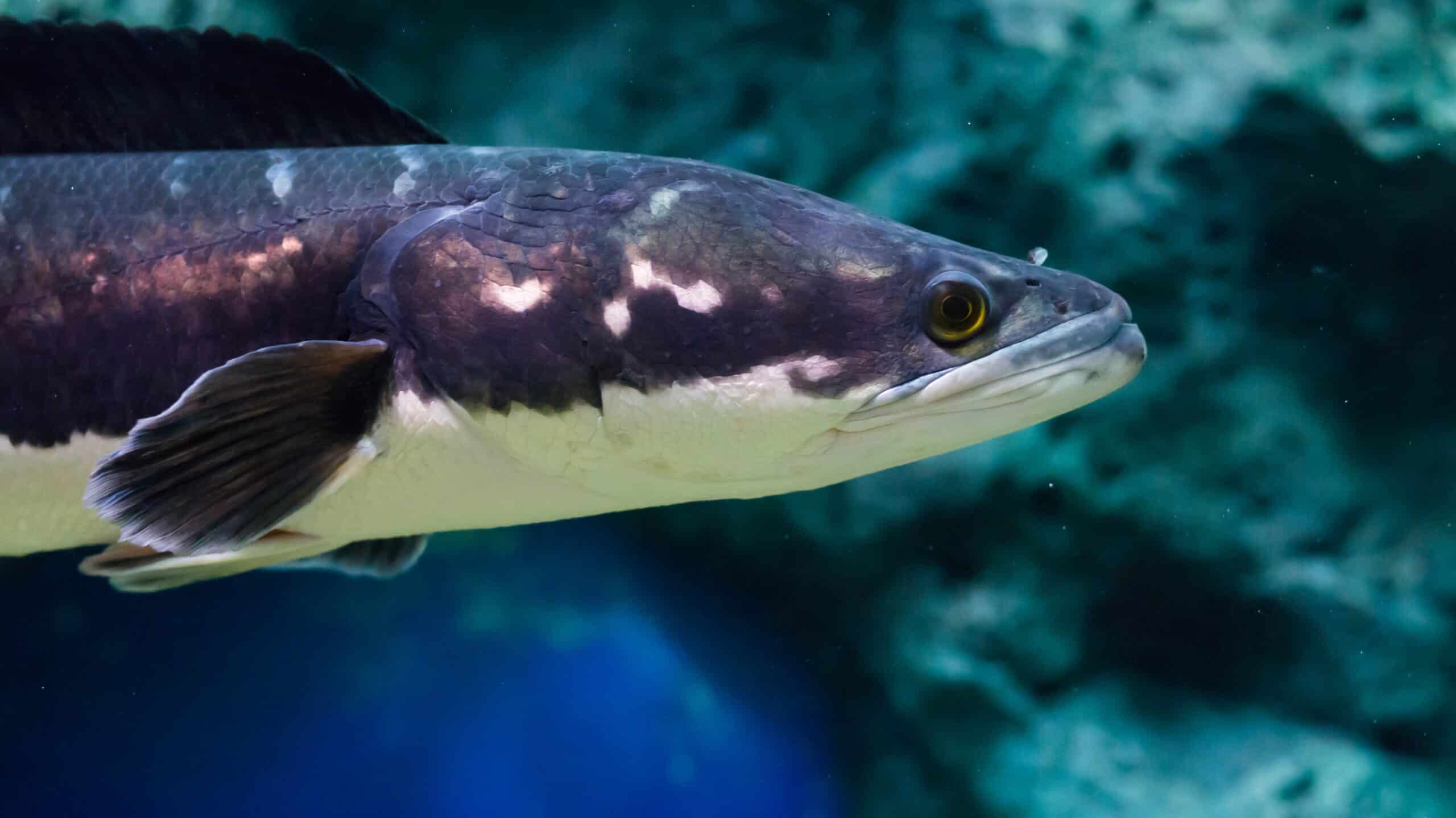
Snakeheads have a terrible reputation. Armed with sharp teeth and an aggressive disposition, they have become notorious across the world for their danger to humans. Most people will likely remember Snakeheads from the controversy in the United States. Snakeheads were first found in the canals in Florida which led to an outburst in the media as they were invasive and potentially dangerous.
Perhaps this was due to the fact we didn’t know much about this prior to the outburst. As we learned more about this fish, the more misconstrued information was purported by the media and the masses. For instance, many people speculated that snakeheads were poisonous which simply isn’t true. Also, people were under the impression that snakeheads can travel on land in the water.
While there is some truth to this, it needs to be contextualized. Snakeheads can travel short distances for relatively long periods of time outside of the water providing that they are still wet. However, they can only slowly crawl on land and aren’t a genuine threat outside of the water.
So while the dangers of the snakehead are vastly extrapolated in terms of the damage they can do to humans, they still pose a very real threat to the ecosystem. Hence, why the United States government spent a lot of money trying to eradicate snakeheads because they were destroying the natural ecosystem.
How Dangerous Are Snakeheads to Humans
As is the case with most predatory fish, if you leave them alone, they have no reason to harm you. Humans are not considered prey to snakeheads so unless, they feel threatened they have no reason to attack us. While all snakeheads can be potentially dangerous since they are equipped with sharp teeth, the smaller species aren’t really of any concern.
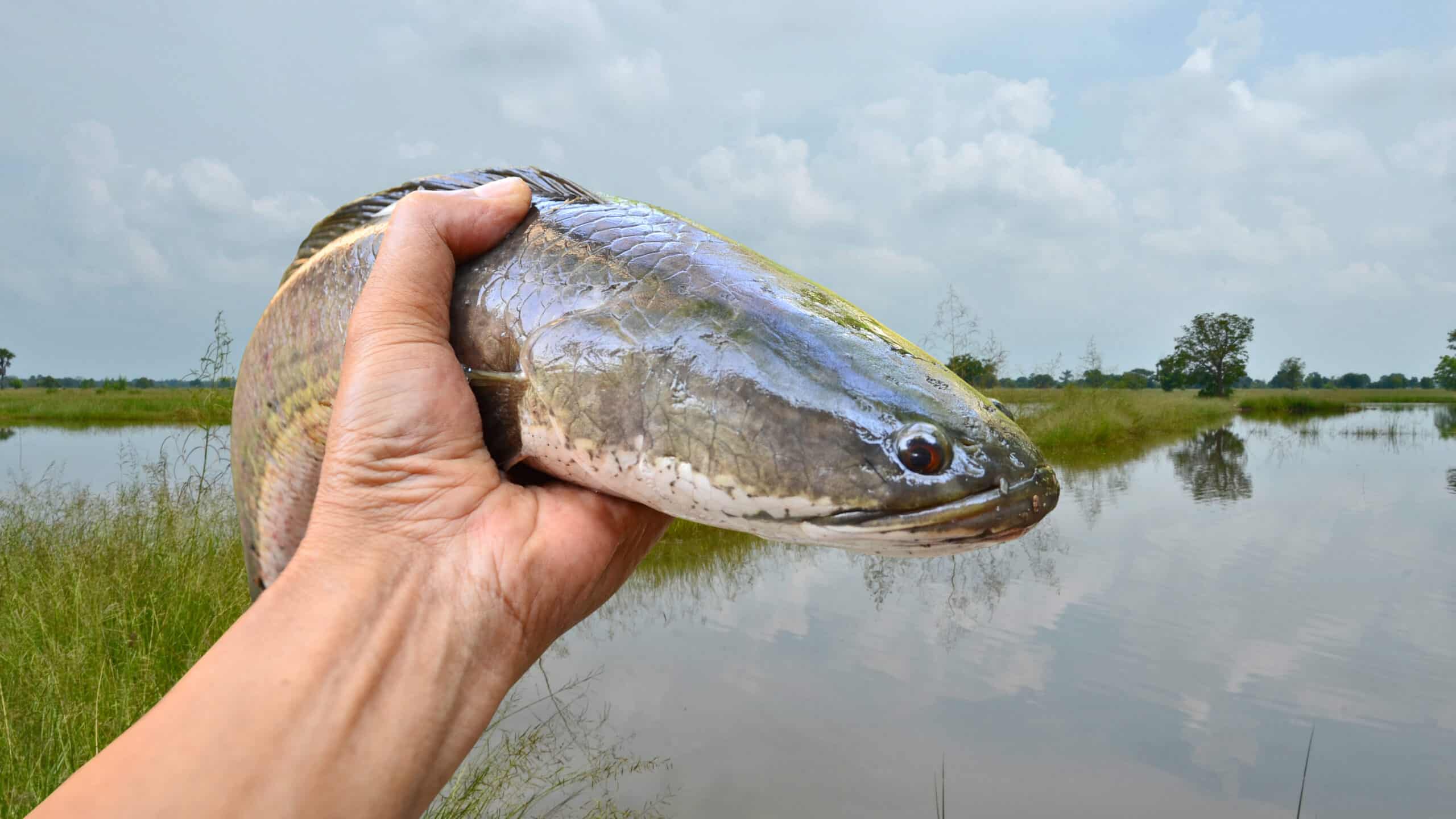
A Northern Snakehead could be dangerous if you were to come close or interfere with its nest but really, its the Giant Snakehead which poses the largest danger to humans.
Large Snakeheads can be very dangerous to humans if provoked, as we mentioned earlier, they have some serious dental hardware. But generally speaking, they will tend to leave humans alone unless you disturb their nests or do something to make them feel threatened.
There have been a few reports of Giant Snakeheads attacking people randomly but there is usually an underlying reason behind the attacks. Of course, even the largest specimens of snakeheads are small in comparison to adult humans so the amount of damage they can inflict is limited. However, like Pike and Muskellunge, larger snakeheads could give you a nasty bite that could need stitches.
| Fish | Max Size | Danger Level |
|---|---|---|
| Ceylon Snakehead (Channa Orientalis) | 8oz | Not Dangerous To Humans |
| Bullseye Snakehead (Channa Marulius) | 9lbs | Mildly Dangerous To Humans |
| Rainbow Snakehead (Channa Bleheri) | 10oz | Not Dangerous To Humans |
| Northern Snakehead (Channa Argus) | 20lbs | Mildly Dangerous To Humans |
| Giant Snakehead (Channa Micropeltes) | 44lbs | Dangerous If Provoked |
Are Ceylon Snakeheads (Channa Orientalis) Dangerous
The Ceylon Snakehead is the smallest species of snakehead and thus doesn’t pose a large threat to humans. Even if these fish were to bite you, which isn’t likely, to begin with, the damage it could cause is very limited. The Ceylon only grow to around 15cm so they’re not really anything to be worried about. Furthermore, these fish are considered a vulnerable species by the IUCN and are predominantly found in southwestern Sri Lanka.
Are Bullseye Snakeheads (Channa Marulius) Dangerous
I’d consider Bullseye Snakeheads to be mildly dangerous to humans. I think the people that are most vulnerable to attacks and/or bites from this fish are anglers. Fishing for snakeheads is effectively like fishing from Pike or Muskellunge. You have to be incredibly careful when unhooking these fish because of their aggressive disposition. Frankly, I’d be much more comfortable unhooking a Pike or Muskie because you can at least grip the fish through the gills in order to control its mouth.
However, with snakeheads, there is no such technique. If you do fish for snakeheads, you should be cautious and wear gloves because Bullseye Snakeheads can deliver a nasty bite. Using a pair of strong forceps will also definitely be recommended.
Are Rainbow Snakeheads (Channa Bleheri) Dangerous
As is the case with Ceylon Snakeheads, Rainbow Snakeheads simply don’t grow large enough for them to pose a genuine threat to humans. They still have teeth and can deliver a sharp bite but you’ll only find them in the Indian states of Assam and Arunachal Pradesh in the Brahmaputra River basin.
Are Northern Snakeheads (Channa Argus) Dangerous
If you were to provoke a Northern Snakehead, it could potentially be dangerous as they can grow large enough to inflict some serious damage from their bites. I wouldn’t say that they are life-threatening but they would be painful nonetheless as snakeheads have seriously sharp teeth.
However, the only reason why a Northern Snakehead would attack a human is if it felt threatened. If you came too close to its nest, the snakehead may retaliate in a violent manner. But this response isn’t done sporadically or because it views humans as prey, more often than not, the snakehead is simply trying to protect its nest.
Are Giant Snakeheads (Channa Micropeltes) Dangerous
Some Giant Snakeheads have apparently been reported in the United States but they are not an established species. Giant Snakeheads are actually native to Southeast Asia but they have a truly fearsome reputation. There have been multiple reports of people getting attacked by this fish for seemingly no reason. Furthermore, out of all the snakehead species, the Giant Snakehead can do the most damage as it can grow over 40lbs and still possess razor-sharp teeth.
Are Snakeheads Dangerous To Animals
Yes, absolutely. At least to anything that they consider prey. Snakeheads are fearsome and aggressive predators just like Pike and Muskellunge. They are incredibly explosive with a long tapered bodies and they are usually ambush predators. Listed below are animals that are typically consumed by snakeheads:
- Insect Larvae
- Crustaceans
- Smaller Fish
- Reptiles
- Small Mammals
- Birds
What To Do If You’re Bitten By A Snakehead
While there were a lot of rumors claiming that snakeheads are poisonous, this fortunately isn’t true. So if you’re unfortunate enough to get bitten by one of these creatures, you should follow the same protocols as if you were bitten by any other predatory fish.
The main concern from the bite will usually be infection rather than blood loss but it’s imperative that the situation is carefully and quickly assessed so the victim gets the treatment that they need. If the bite is severe and the wound is bleeding heavily, you should seek medical attention immediately. Giant Snakeheads can give particularly nasty bites which may need stitches.
However, if the bite is light then you can your best option is to clean it thoroughly and apply a dressing in order to prevent infection. First, clean the wound under clean water for 5-10 minutes. Then wipe the wound with a saline solution before drying the area. Lastly, you’ll want to apply a sterile dressing.
Conclusion
In summary, most snakehead species, particularly the ones found in the United States pose little to no danger to humans. Especially if you leave them alone. However, they are a problem nonetheless because they are an invasive species that can and have done lots of damage to the ecosystems. This means that the correct protocol is actually to kill these fish in many states because of how harmful they are to the rivers and other fish species.


